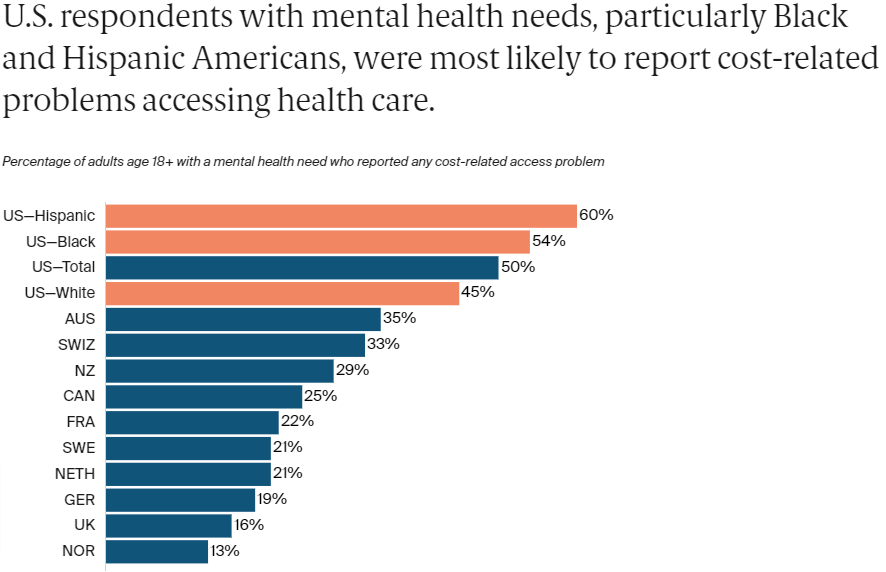Mental Health Access in the United States
Mental health is a vital part of overall well-being, but for millions of Americans, accessing mental health services remains a significant challenge. While awareness of mental health issues has grown in recent years, many people still struggle to get the care they need due to cost, stigma, provider shortages, and systemic barriers.
1. The Growing Need for Mental Health Services
Mental health conditions such as depression, anxiety, bipolar disorder, PTSD, and substance use disorders affect millions of people in the U.S. According to the National Alliance on Mental Illness (NAMI):
-
1 in 5 adults experience mental illness each year
-
1 in 6 youth aged 6–17 experience a mental health disorder annually
-
Suicide is the second leading cause of death among people aged 10–34
These statistics highlight the urgent need for accessible, affordable, and effective mental health care.
2. Barriers to Access
Despite the growing need, many Americans face obstacles when trying to access mental health services. Common barriers include:
-
Cost of Care: Mental health services can be expensive, and many people cannot afford therapy, medications, or psychiatric visits, especially if they are uninsured or underinsured.
-
Insurance Limitations: Even with insurance, mental health benefits may be limited. Some plans have high co-pays or don’t cover enough therapy sessions. Finding in-network providers is often difficult.
-
Provider Shortage: Many areas, especially rural regions, have a shortage of mental health professionals. Long wait times for appointments are common, leaving people without timely care.
-
Stigma and Discrimination: Cultural stigma around mental illness can prevent individuals from seeking help. Fear of being judged or misunderstood is a powerful barrier, especially in minority and immigrant communities.
-
Lack of Culturally Competent Care: Not all providers are trained to understand or respect cultural differences, which can lead to miscommunication and ineffective treatment.
3. Telehealth and New Solutions
In recent years, especially during the COVID-19 pandemic, telehealth has emerged as a promising way to improve access. Virtual therapy and mental health apps allow people to connect with providers from home. This is especially helpful for people in remote areas or those with mobility issues.
Other solutions include:
-
Integrating mental health into primary care
-
Expanding school-based mental health services
-
Increasing funding for community mental health centers
-
Training more mental health professionals, especially from diverse backgrounds
4. Government and Policy Efforts
Federal laws like the Mental Health Parity and Addiction Equity Act require insurance plans to treat mental health care the same as physical health care. However, enforcement varies, and gaps remain.
Some states have expanded Medicaid to cover more mental health services, and recent legislation aims to increase funding for crisis response teams and suicide prevention programs.
Conclusion
Mental health is just as important as physical health, yet many Americans still struggle to access the care they need. Addressing mental health access requires a multi-layered approach, including expanding coverage, reducing stigma, training more providers, and investing in both in-person and digital solutions. By making mental health care more accessible and inclusive, the U.S. can move closer to a healthier and more equitable society.
